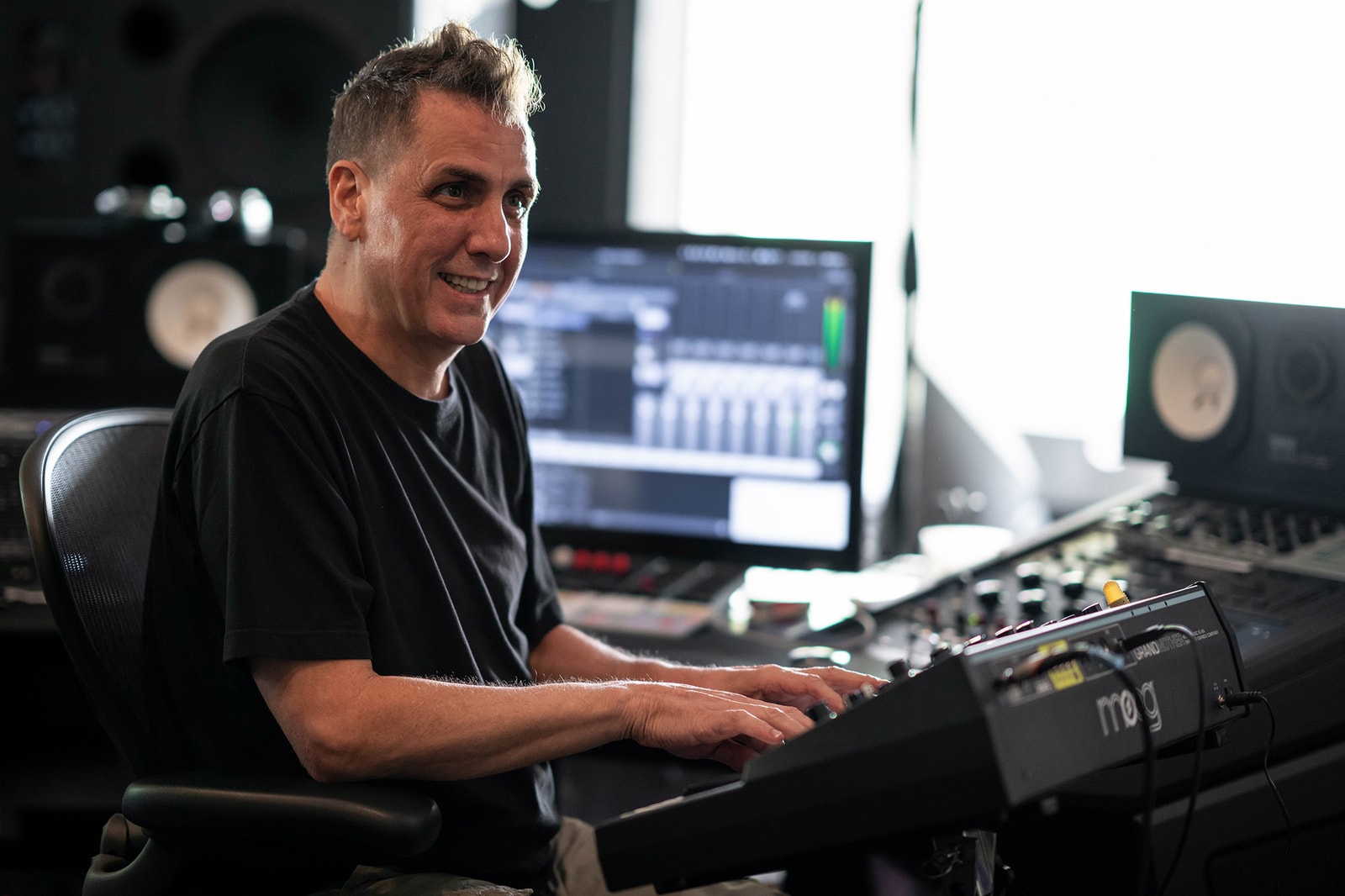
In a rare video from November of 2020, Mike Dean shows off his production process and his heavy use of MIDI (Green). It’s very uncommon for producers, especially those as successful as Dean, to put this sort of video online, but that’s just what he did. Many producers don’t like to show the technologies and techniques they use to create a specific sound for the various artists they work with. Additionally, in the music industry, producers typically aren’t advertised as much as the artists themselves are. There are very few producers that show up in music videos or album covers when promoting a certain song. It’s almost as if they exist in the background while the artist is the face of the music; the majority of producers let their production speak for itself rather than taking the “public figure” role like an artist. This is why it’s rare to see a popular producer like Mike Dean upload a video of him making music.
After playing around with a few different Virtual Studio Technologies (VSTs) to find a sound that he likes, he records the first part of the melody and the chords, using a MIDI keyboard plugged into Ableton Live, the Digital Audio Workstation (DAW) of choice (Green, 6:31). He then shows off the power of MIDI by using Ableton Live’s quantize feature, one readily available in even the most basic DAWs. This MIDI device allows him to manipulate musical elements. As Mike D’Errico notes in his book, “Ableton’s APC, Livid’s OHM, the Monome, and Novation’s Launchpad, among many others, specifically cater to the live triggering and micro-manipulation of both musical patterns and sonic parameters such as volume, effects, and mixer settings” (D’Errico, 130). He continues, selecting the notes he just recorded, and with a few clicks, is able to adjust them to account for any imperfections that were caused by the human element of recording. Some of the notes are lengthened, while others are shortened, but in a matter of seconds he has the perfect length note for each stroke. (Green, 6:46). He repeats this process for two more countermelodies and for the bass line, all on the same keyboard. He is able to complete the melodies and harmonies in only 10 minutes. With MIDI available to him, he is able to save so much time while efficiently layering and altering sounds to make a song. As Craig Anderton says, “When you play a melodic line on a MIDI keyboard, the computer-based sequencer remembers what you play and assigns this data to a track in the sequencer. You can build up multiple tracks and, on playback, send this musical data to multiple MIDI slave instruments – multitracked the instruments with a conventional multitrack tape recorder” (Anderton, 69).

Of course, he’s a professional and has been doing this for years, but without MIDI technology, he would’ve needed to record multiple takes to get them as close to perfect as possible, since he wouldn’t have the ability to quantize. He also would’ve needed acoustic instruments or synthesizers to create each sound, which would be dramatically more expensive. On the contrary, Ableton Live, even for the most expensive version, is only $799. Although this is a hefty price, by using it Dean is able to imitate various instruments and create unique sounds. This shows that MIDI technology opens up a plethora of new sounds for an artist to express themselves in music.